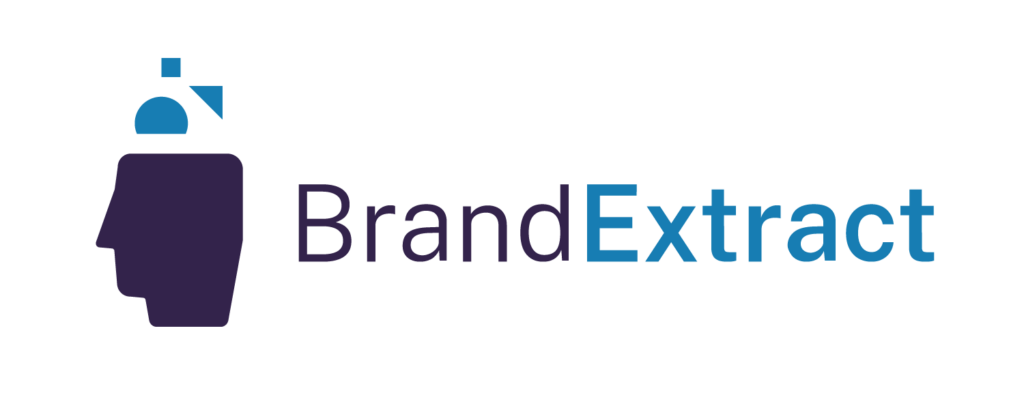Logo to Loyalty: How Branding Drives Value

Branding and business growth have always gone hand-in-hand, but in a highly commoditized marketplace like today’s, aligning them has never been more important. CEOs today face challenges in differentiating their business from their competitors, but a strong brand is increasingly crucial to standing out and maintaining perceived value and authority.
Branding isn’t just about a logo or a color.
Your brand is the perception of what a business does for its customers. It’s important to overlap the Venn diagram between what customers want and what your business provides to strengthen that perception and, in turn, strengthen your brand. The more those two circles overlap, the more likely customers will be to value their experience and return in the future. And in the rare cases when your business disappoints, they’ll be more likely to give you the benefit of the doubt.
This is the foundational value that allows you to differentiate from competitors. It’s easy to get distracted by the pursuit of shiny new features, or the lowest prices, but if that doesn’t align with what your audience is looking for, it won’t result in long-lasting growth. It’s far more important to focus on the core audience that believes in the value of your brand, and then expand gradually.
So, how do you build up a brand that:
- Stays true to its core value proposition?
- Communicates that value to your audience?
- Builds trust over time that leads to increased business value?
It all comes down to proper research, strategy alignment, and delivery. Let’s break down how each of those play a role in the strength of your brand.
Understanding Your Audience
It can be easy to assume that you know your customers and know them well; this is especially true if you have an established brand and have served your customers for a long time. But in today’s rapidly evolving market, audience behaviors are constantly changing the way in which they interact with brands. Those changes should be reflected in your strategy in order to keep up with your customers’ needs.
It’s important to remember that you are not your audience. Many companies “think” they know who their customer is. But it’s typically based on a narrow viewpoint. Audience research in the form of interviews, surveys and data analytics widens that view and opens up opportunities. It’s not just about what they buy, it’s HOW they buy, WHY they buy, and why they DON’T buy. Buyer personas are a great way to help define that audience and build your brand around their needs.
At the end of the day, your brand is defined by the experiences you provide to your customers. When that experience is thoughtful and researched, it results in people who can trust your expertise. When it isn’t, it can lead to dissatisfaction and reduced brand equity. Over time that can erode your brand and cause people to look for other options.
Aligning Brand Strategy with Corporate Strategy
Once you find and understand the people who believe in your brand’s promise, the next step is to deliver on that promise consistently. Whether someone buys from clothing store A or clothing store B, the real difference is going to be the kind of lifestyle that each brand provides. If one or the other doesn’t end up providing the kind of lifestyle that the customer wants and expects, then they may choose another brand in the future.
To build up a brand that fulfills its promise, CEOs and executives need to align their corporate and brand strategies to ensure that the way they envision their company’s success tracks with how they present themselves to the marketplace. When customers have the same perception of your brand being successful that you do, you’re delivering on a promise that will keep them coming back.
Reconciling corporate and brand strategies takes planning and vision. Rather than getting caught up in the latest trends, strong brands cut through the noise by defining:
- Who they are to their audience
- Where they fit in the world
- A corporate strategy that ties the two together
Communicating Your Brand to the World
Once your corporate strategy is in line with your brand strategy, all that’s left is to properly communicate your brand to the core audience that you researched before. Defining your brand’s identity through visual design and messaging will help people to understand who you are and what you represent. The exact methods of that communication will depend on the audience that you’ve identified.
A great brand delivery strategy relies on knowing how to meet customer needs. Inbound marketing is one method of communicating with your audience right when they need it, and providing them with useful resources that deliver on your brand promise and keep customers in the loop.
Developing a communication strategy that delivers on your brand promise is crucial to avoid promising an experience that a business cannot deliver. Understanding the components that matter most in that strategy is also important to make sure that customers receive what they expect.
By not pretending to be something you’re not, you can more clearly communicate what your brand has to offer, and deliver it with consistency, quality and authenticity. Being true to who your brand is will prevent confusion and develop stronger brand trust and recognition.
Standing out from the Crowd
To build a successful brand, CEOs and executives need to align their corporate and brand strategies, communicate that strategy to their core audience, and deliver on the brand’s promise. By doing so, their brand will not only resonate with customers but also drive and increase long-term corporate and brand value.
BrandExtract builds value by inspiring belief in people and organizations. We align your brand strategy with your corporate strategy to create exceptional opportunities for growth. To learn more about how your brand can boost business growth, reach out to a strategist today.
Sponsored by:







